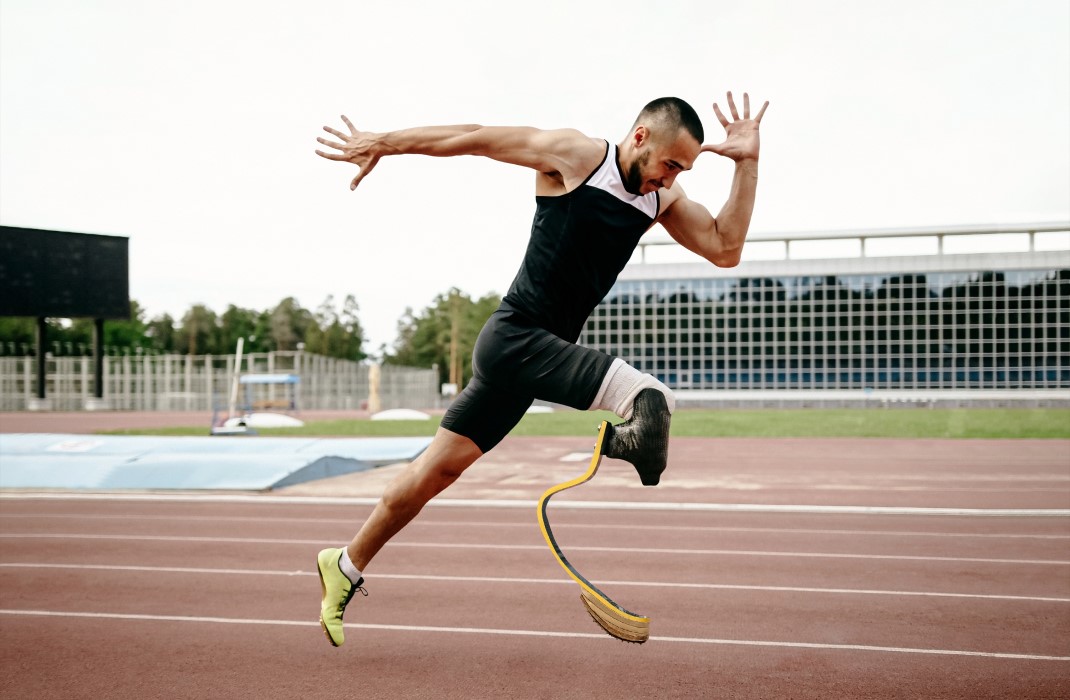-
- Find Care
-
- Visitor Information
- Find a Location
- Shuttles
- Visitor Policies
-
-
- Our Virtual Care Options
- Virtual Urgent Care
- Virtual Visits for Primary & Specialty Care
- Online Second Opinions
- Participate in Research
-
- Contact us
-
- For Innovators
- Commercialization Guide for Innovators
-
-
- Research News
- Alzheimer's Disease
- Artificial Intelligence
-
- Overview
-
- Overview
- Getting Started
- New to Mass General Brigham
- International Patient Services
- What Is Patient Gateway?
- Planning Your Visit
- Find a Doctor (opens link in new tab)
- Appointments
- Patient Resources
- Health & Wellness
- Flu, COVID-19, & RSV
- Billing & Insurance
- Financial Assistance
- Medicare and MassHealth ACOs
- Participate in Research
- Educational Resources
- Visitor Information
- Find a Location
- Shuttles
- Visitor Policies
- Find Care
-
- Overview
- Our Virtual Care Options
- Virtual Urgent Care
- Virtual Visits for Primary & Specialty Care
- Online Second Opinions
-
- Overview
- Participate in Research
-
- Overview
- About Innovation
- About
- Team
- News
- For Industry
- Venture Capital and Investments
- World Medical Innovation Forum (opens link in new tab)
- Featured Licensing Opportunities
- For Innovators
- Commercialization Guide for Innovators
- Contact us
-
- Overview
- Information for Researchers
- Compliance Office
- Research Cores
- Clinical Trials
- Advisory Services
- Featured Research
- Two Centuries of Breakthroughs
- Advances in Motion (opens link in new tab)
- Brigham on a Mission (opens link in new tab)
- Gene and Cell Therapy Institute
- Research News
- Alzheimer's Disease
- Artificial Intelligence
-
- Overview
-
- Overview
- Residency & fellowship programs
- Brigham and Women's Hospital
- Massachusetts General Hospital
- Mass Eye and Ear
- Newton-Wellesley Hospital
- Salem Hospital
- Integrated Mass General Brigham Programs
- Centers of Expertise
- Global & Community Health
- Health Policy & Management
- Healthcare Quality & Patient Safey
- Medical Education
- For trainees
- Prospective trainees
- Incoming trainees
- Current trainees
- Continuing Professional Development
What Are Adaptive Sports?

In the weeks following the closing ceremonies of the Summer Olympics, thousands of athletes assemble in the same venues to compete in the Summer Paralympics — 23 sports ranging from archery to tennis, adapted for people with disabilities.
“These are elite athletes who have trained for years to reach this level of athletic excellence,” says Cheri Blauwet, MD, chief medical officer at Mass General Brigham’s Spaulding Rehabilitation. “They don’t want their performance to be seen as a nice pat on the back or a human-interest story. It’s athletic ability.”
Dr. Blauwet is a 2004 Paralympic gold medalist in the 800-meter wheelchair. She explains what adaptive sports are and the life-changing opportunities they provide.
Para sports adaptations
Adaptive sports (also called para sports) are those with rules and equipment modifications that allow anyone to participate, especially those with some type of disability.
People with physical or visual impairments participate in adaptive sports that could one day lead to the Paralympics. Adaptive sports for people with cognitive impairments lead to the Special Olympics.
What are the different types of adaptive sports?
There are two types of adaptive sports, Dr. Blauwet says.
- Sports with the same general rules and timing as the sport for able-bodied competitors but are distinct and separate because of allowances for special equipment, such as a wheelchair.
- Sports that are more inclusive, such as swimming or track-and-field, which can take place at the same events as those held for able-bodied athletes but have special races or divisions for those with disabilities.
The list of sports at the 2024 Summer Paralympics is a combination of events seen in the Summer Olympics (including cycling, swimming, and triathlon) and those unique to the Paralympics (such as boccia, goalball, and wheelchair rugby).
Adaptations for adaptive sports take on different forms. For example, adaptive cycling for people without use of their legs features bikes that can be pedaled by hand. In adaptive equestrian events, riders may use a riding crop to keep their horses moving instead of applying pressure with the legs.
Some adaptive sports feature a range of classifications. In adaptive swimming, class S9 is for athletes with joint restrictions in one leg or double below-the-knee amputations; class S10 is for swimmers with minimal impairments, such as the loss of a hand or a hip-joint restriction.
A growing adaptive sports movement
About 15% of the world population — an estimated 1.3 billion people — experiences a significant disability, according to the World Health Organization. That provides a sizable pool of potential participants in adaptive sports, Dr. Blauwet says.
And the popularity of these sports continues to grow. From 400 Paralympians in 1960 to more than 4,400 in 2024 at the Paris Paralympics, more and more adaptive athletes are pushing the limits of achievement.
For many, participation starts in childhood. A study funded by the NCAA found more than 62,000 participants in youth adaptive sports programs across the United States, roughly half younger than 14 and half from 15 to 18.
“We try to get young people involved in sports because it’s helpful in youth development, fitness, and confidence building,” Dr. Blauwet says. “All those things apply to young people looking to compete in adaptive sports, but it’s even more important because kids with disabilities often don’t have access to the same opportunities as those without.”
Obstacles to participating in adaptive sports
Dr. Blauwet was one of those young athletes who benefitted from adaptive sports. When she was 18 months old, she injured her spinal cord in a farming accident and has used a wheelchair ever since.
She found her love of athletics in elementary school, which had an adaptive sports program — rare for a rural community.
“The lack of adaptive sports programs, especially outside of major cities, remains the biggest obstacle to participation,” she says.
Dr. Blauwet started in wheelchair basketball before transitioning to wheelchair racing in middle school and high school. She says she was fortunate to overcome two other barriers people of all ages with disabilities often face with adaptive sports: access to equipment and qualified, expert coaches.
Access expert coaches
While paralympic and adaptive sports are growing, the investment nationally is still limited. That means there are many underserved areas of the country.
“We are fortunate in the Northeast to have many organizations supporting these athletes and continuing to work with government, communities, and non-profits to expand services available,” says Dr. Blauwet.
The Adaptive Sports Program at Spaulding Rehabilitation can teach athletes how to join adaptive sports organizations at the national and regional level. Spaulding Rehabilitation is part of a nationwide network of Paralympic Sports Clubs, which is committed to introducing adaptive sports to those who qualify.
Access to equipment
For elite Paralympians, the right equipment — whether that’s a wheelchair designed for racing or a prosthetic leg geared for running — can cost thousands of dollars. Though the cost is less for adaptive sports athletes just starting out, it still can be prohibitive for many families. Money available through grants falls far short of meeting the total need, adds Dr. Blauwet.
The Massachusetts Department of Conservation and Recreation provides free or low-cost access to a variety of adaptive sports, allowing people to experience a variety of sports and recreation. These programs provide a pathway to expose potential athletes to a sport. The state agency provides accessible activities at state parks, pools, and rinks, and its programming features adaptive equipment, professional staff, and instruction and support.
The rewards of adaptive sports
Overcoming barriers to expert coaches and equipment can pave the path to adaptive sports success. In Dr. Blauwet’s case that meant a silver medal and three bronzes in the 2000 Summer Paralympics, a gold in 2004, two wins each in the New York City and Boston Marathons, and four first place finishes in the Los Angeles Marathon.
However, she says those who participate in adaptive sports often find some of the biggest long-term benefits off the field.
“Adaptive sports participation can be pivotal for opening doors to other careers,” Dr. Blauwet says. “We have come a long way, but the truth is those doors are sometimes slow to open for those with disabilities.”
